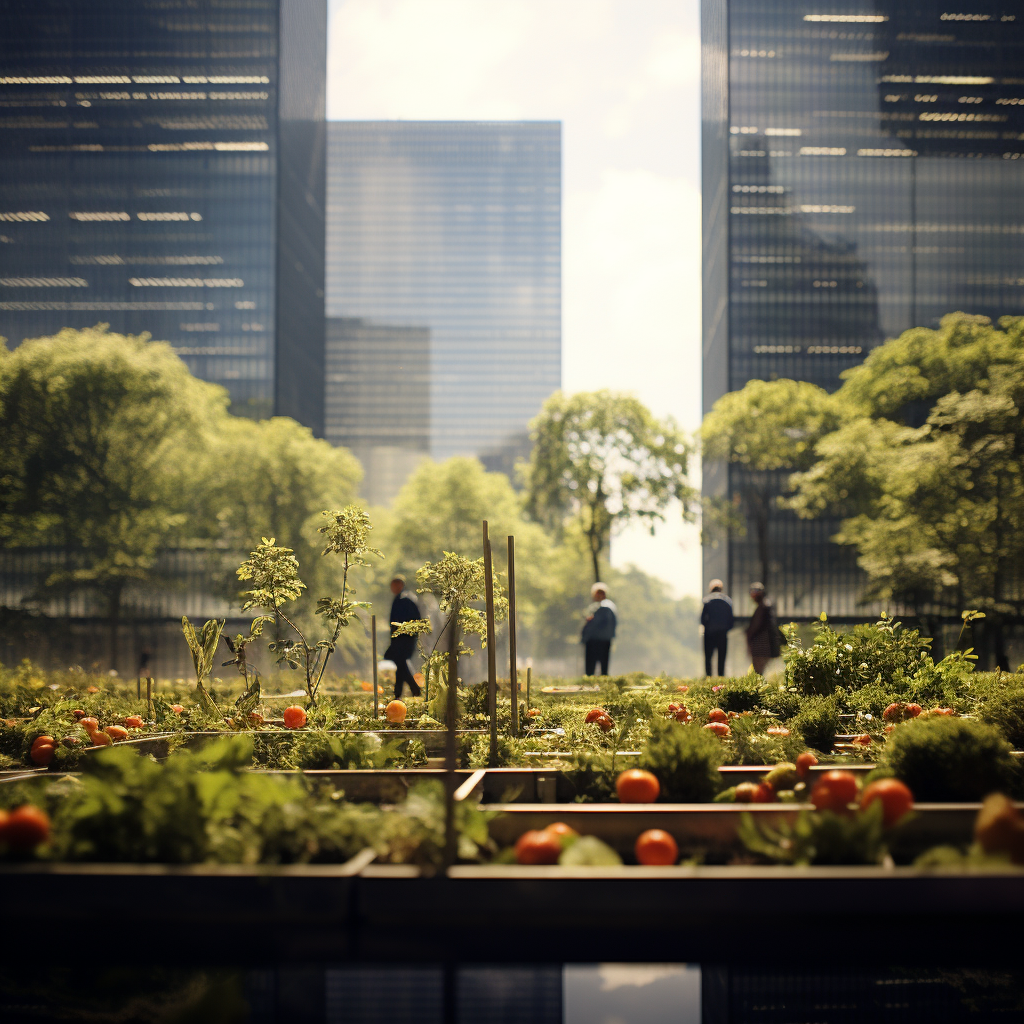The green belt project for the central agglomeration, called “Agglo-Centre”, is one of the concepts resulting from the international consultation to meet the challenges of decarbonisation and climate neutrality.
The territorial vision for the Agglo-Centre, which was drawn up as part of the Master Programme for Spatial Planning (PDAT), is based on a territorial analysis proposing a development strategy to tackle the major challenges identified in this area; its general aim is to develop the urban structure while limiting the human footprint on nature.
At present, urban development is increasing the pressure on the “green zone” and on urban green spaces within the agglomeration, as well as on so-called “quiet areas”, which are essential elements in guaranteeing a high quality of life for the population.
By preserving and creating multifunctional spaces, it is aimed to regulate the urban microclimate, protect and enhance biodiversity, and serve as a place for recreation and leisure, as well as for local agricultural production.
At the end of 2022, in order to give concrete form to the concept developed during the consultation and to make the territorial vision operational, the DATer commissioned a consultancy firm to draw up proposals for the development and enhancement of a green belt around the Agglo-Centre.
The green belt project has also been identified as one of the flagship projects as part of the work plan of the Regional Forum of the Centre (RFZ), which serves as a platform for exchange and cooperation with the municipal players involved in the area.
Timeline and methodological planning
The "green belt" - a life-sustaining infrastructure
Challenges and next steps
Timeline and methodological planning
There are three main phases in the process:
1st phase: data gathering and territorial analysis
2nd phase definition of the perimeter and development of a vision for the green belt
Phase 3: operational implementation through pilot projects and concrete measures.
In parallel with this linear process, an iterative approach during which various exchanges are held with stakeholders enables these to be included at an early stage in the definition of pilot projects and helps to identify potential constraints.

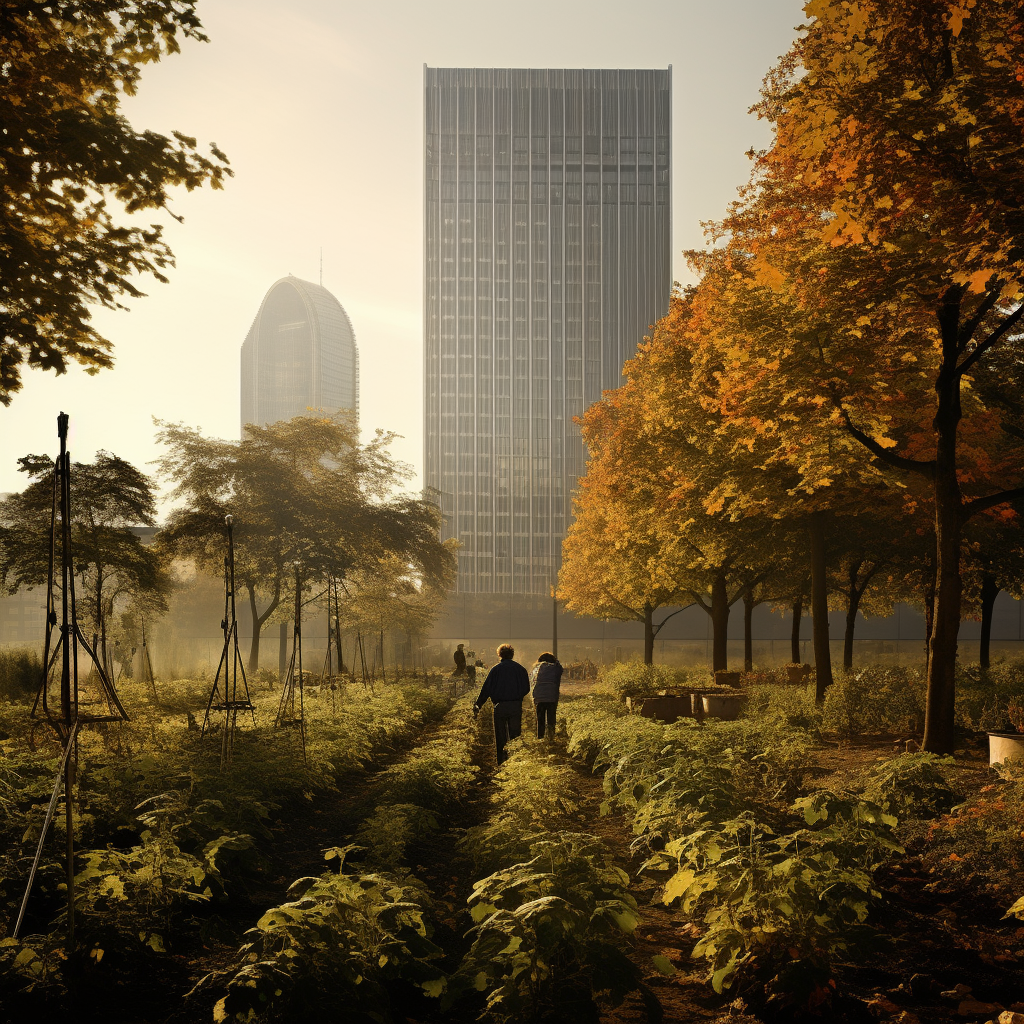
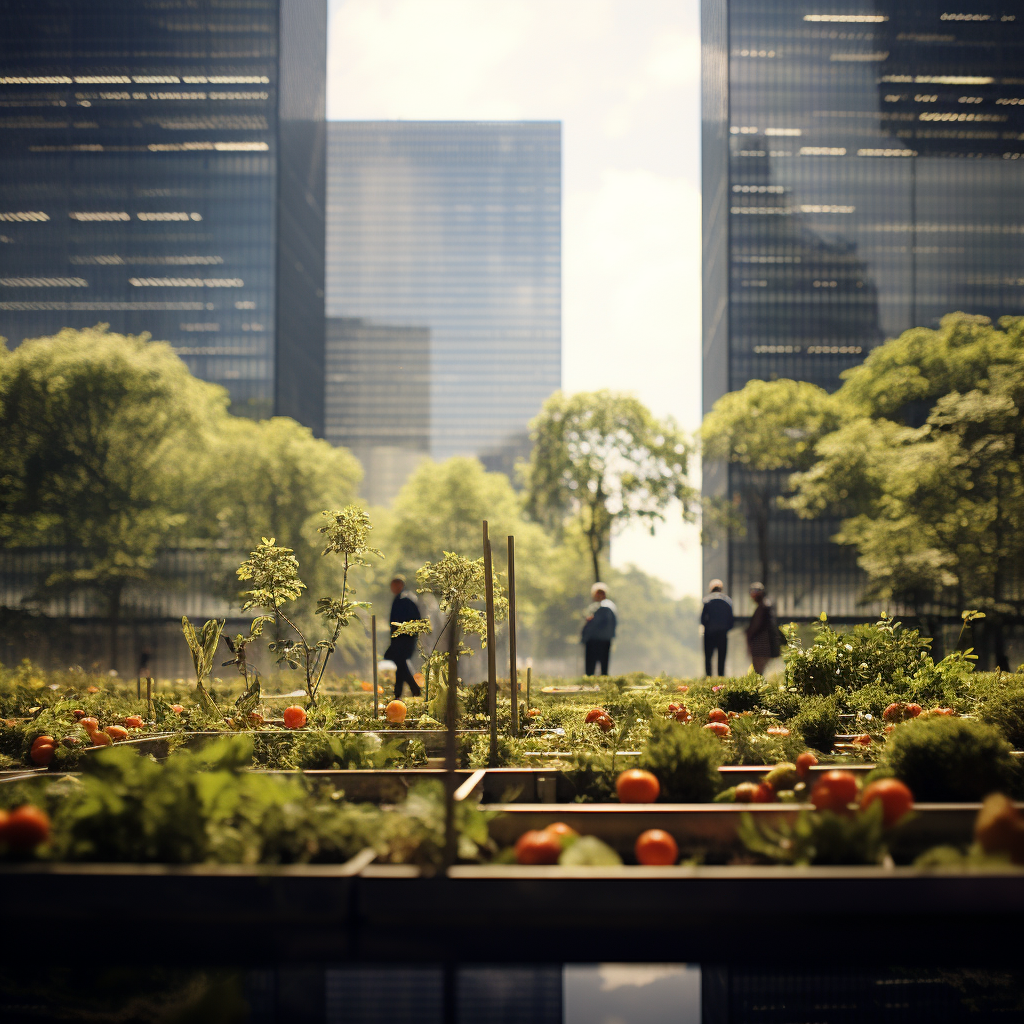
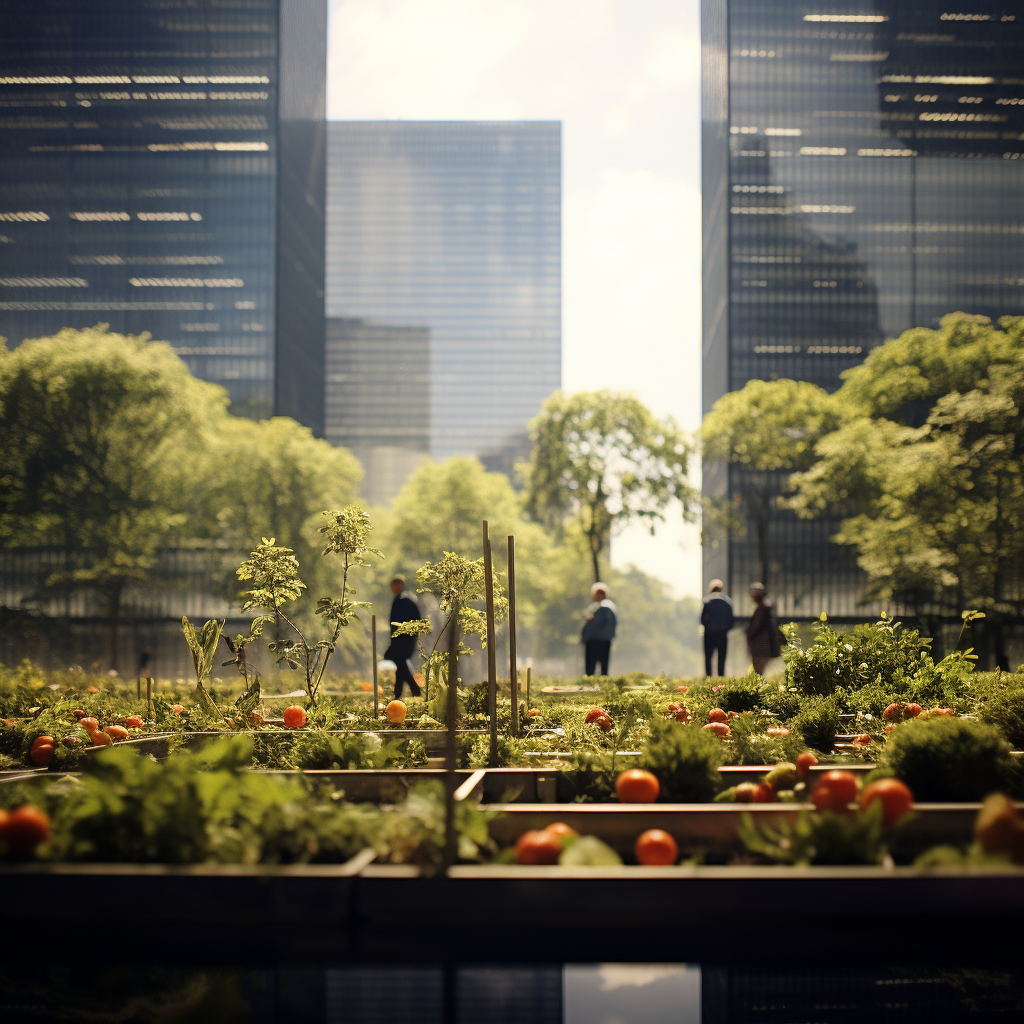
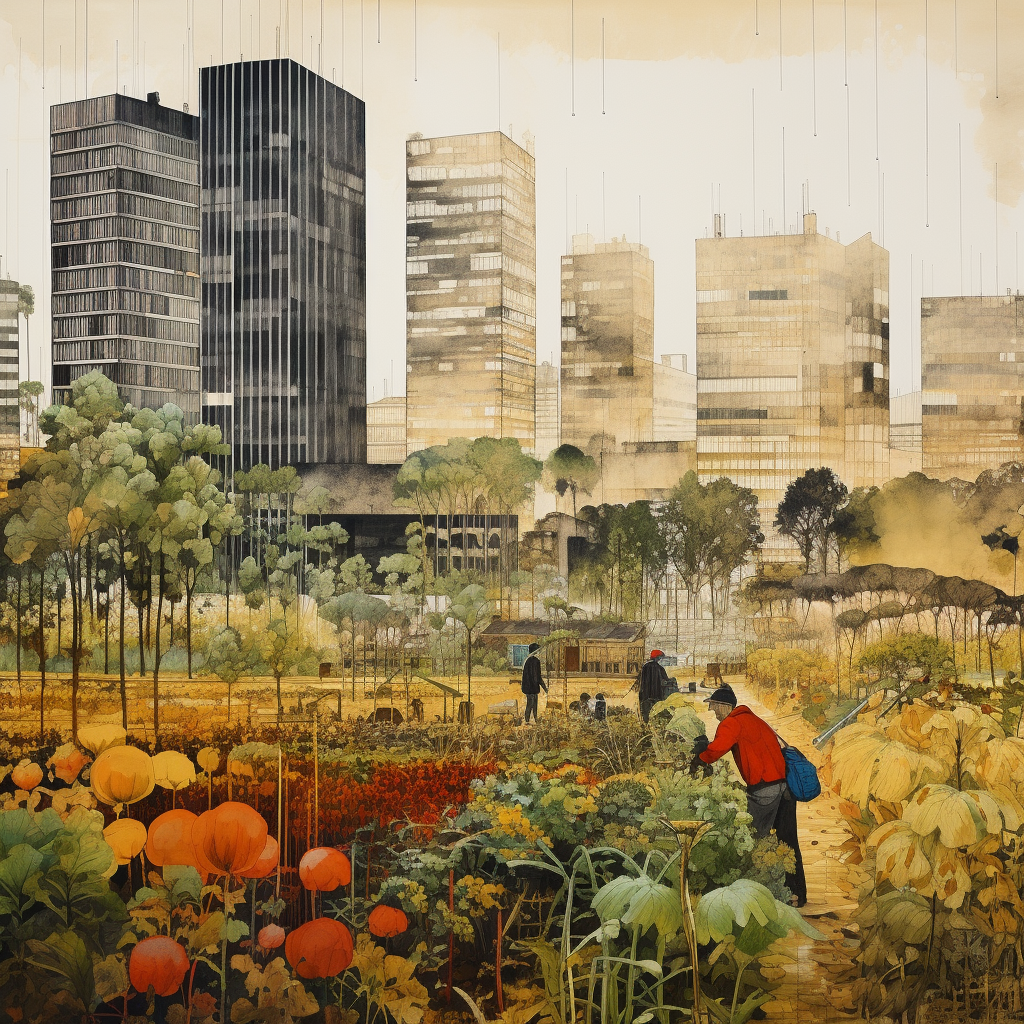
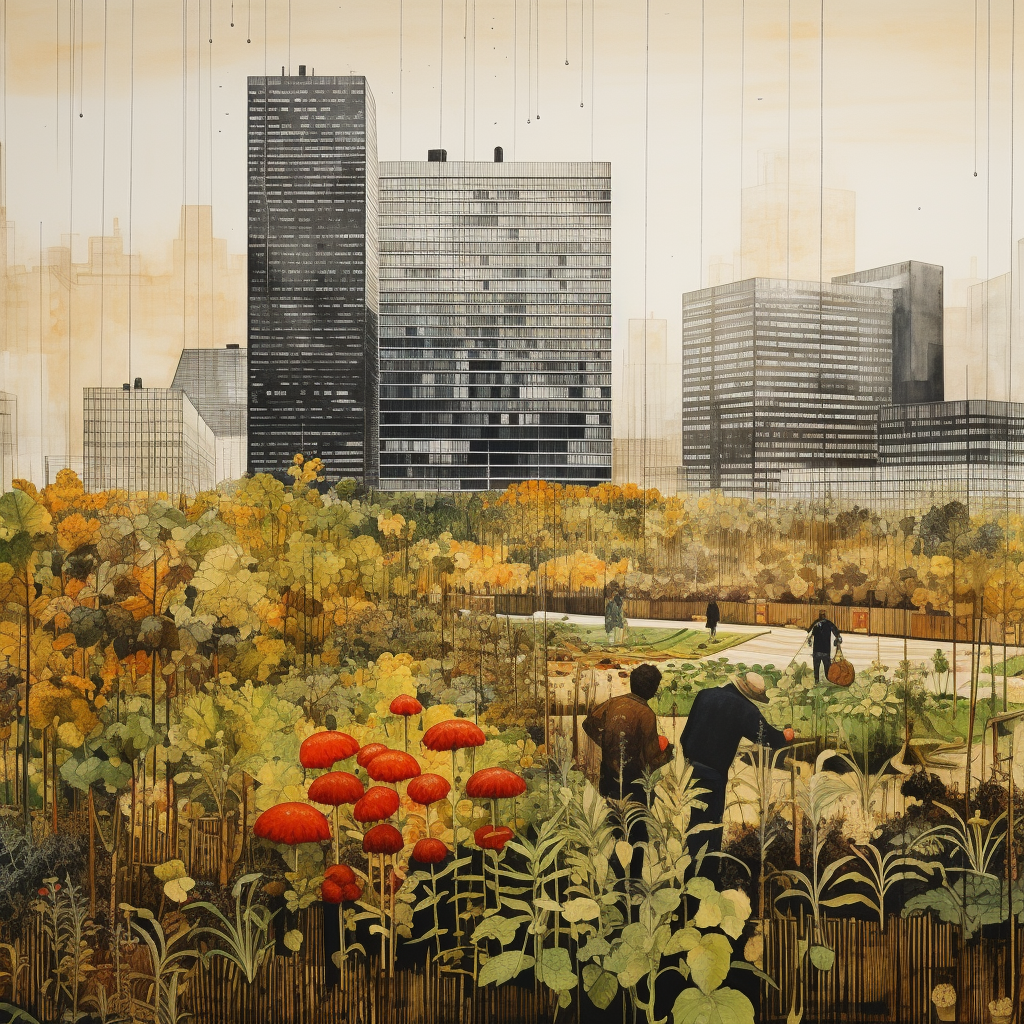
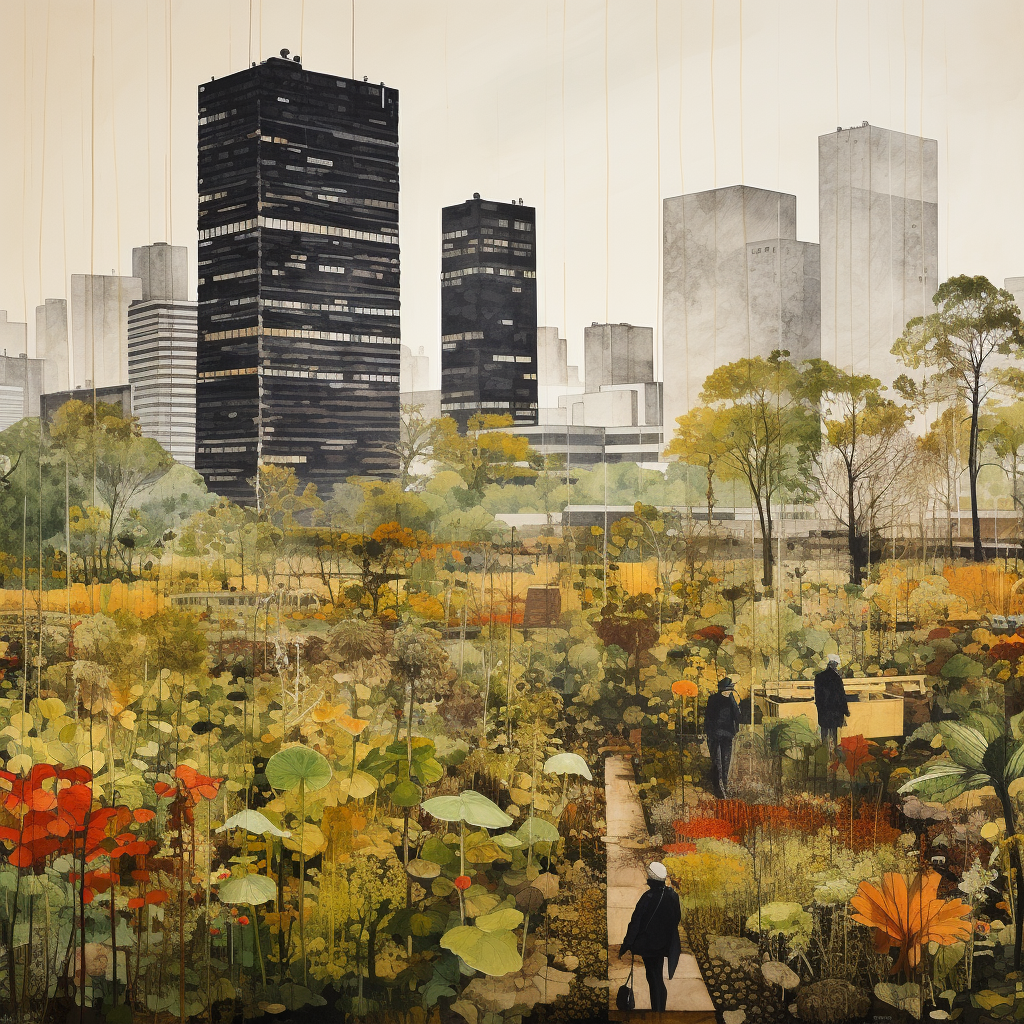
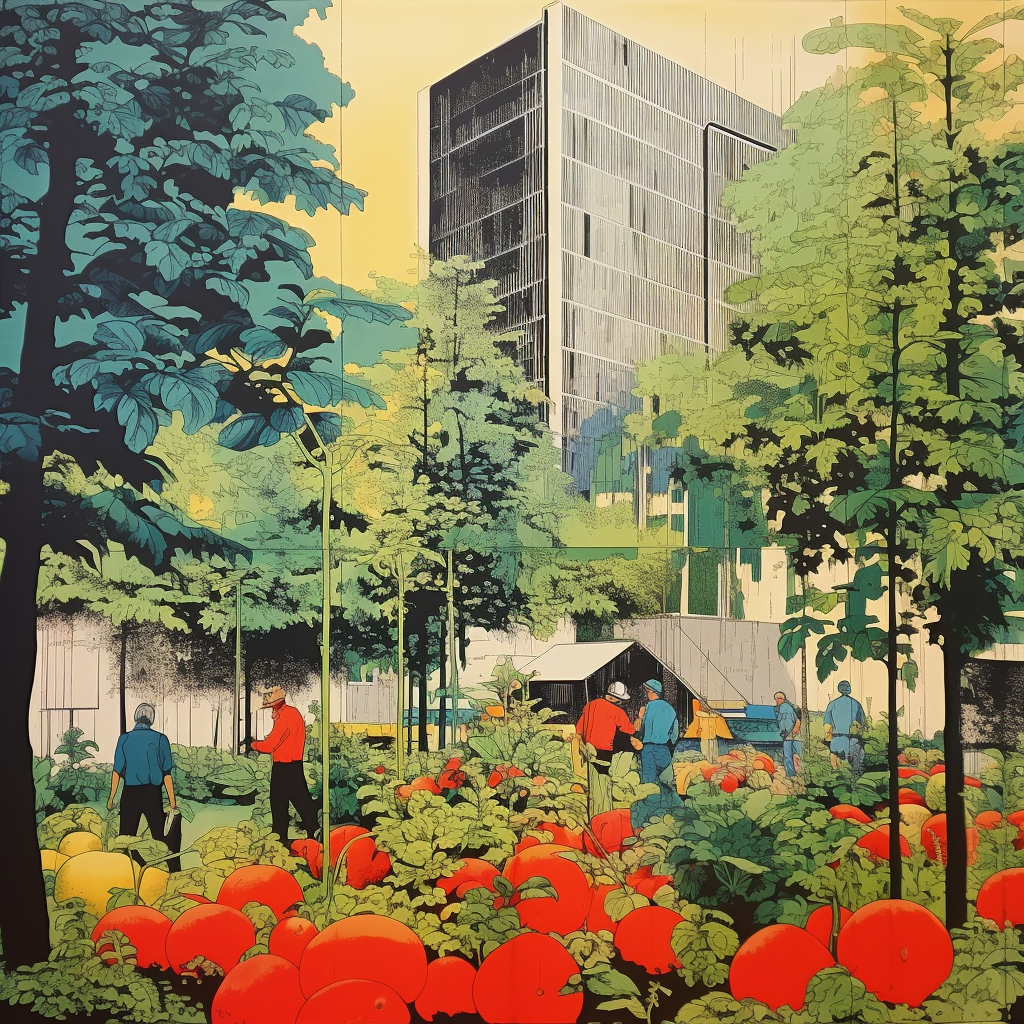
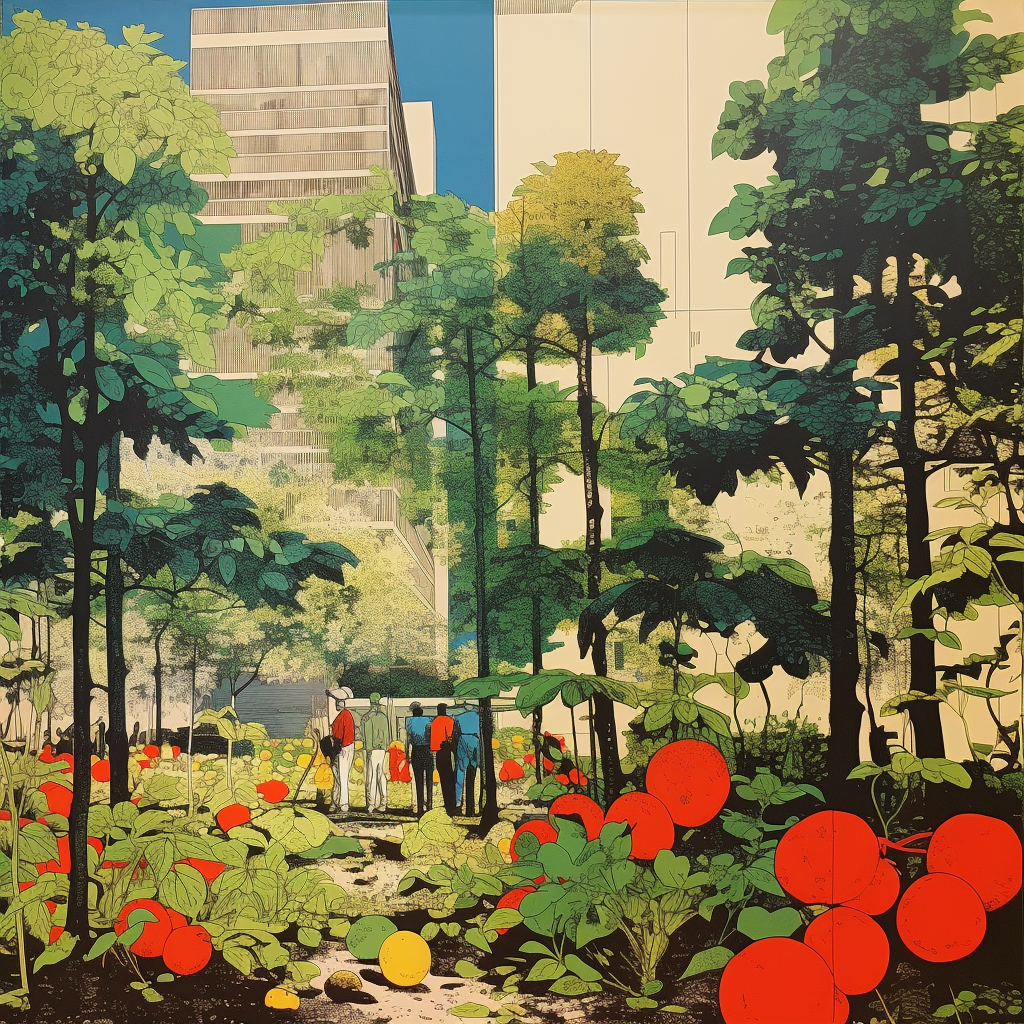
The "green belt" - a life-sustaining infrastructure
At the end of the first phase, the green belt is perceived as a life-sustaining infrastructure that responds to existential challenges by using the potential of the ecosystem services of the agglomeration’s natural capital.
The Millennium Ecosystem Assessment distinguishes four categories of ecosystem services:
- Provisioning services – the tangible products derived from ecosystems, such as food, fuel, materials or medicines for human and veterinary health;
- Regulating services – the intangible benefits provided by the proper functioning of ecosystems, such as climate regulation, flood control, pollination or a reduction in the risk of pathogen outbreaks;
- Socio-cultural services – the non-material contributions of biodiversity, obtained through the relationship between humans and nature;
- Supporting services – those services necessary for the production of all the other services, ensuring the proper functioning of the biosphere.
Considering the diversity of existential services provided by the green belt, it can be seen as a life-sustaining complement to the agglomeration and its built environment by providing freshness, recreation and food.
- Cooling (COOL – BELT)
Based on thermographic maps, the geometry of the green belt would promote the production and distribution of fresh/cold air to the agglomeration and its urban centres.
- Leisure (FUN – BELT)
If the demographic growth of the agglomeration is to be sustainable for future generations, it should be accompanied by the densification of urbanised areas. Quality of life for citizens would be guaranteed by easy access to the surrounding landscape by public transport and active mobility.
- Food (FOOD – BELT)
The central agglomeration has fertile arable land and an abundance of water. At the same time, with a growing population density, it represents a considerable demand for food.
Local agri-food – as a sustainable and productive practice that activates the soil, but also as an economic asset deeply rooted in the territory – would contribute to agricultural production as a necessity and meet a demand that is eminently local, or even regional.
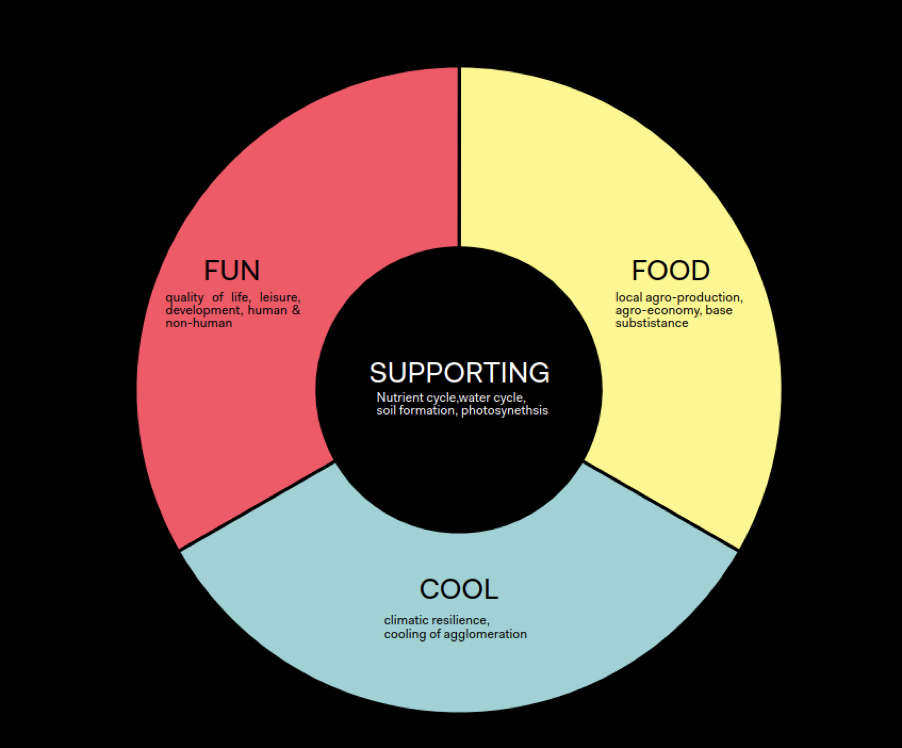
Challenges and next steps
In order to present an added value for the agglomeration and provide the various ecosystem services, the green belt needs a minimum critical mass in terms of surface area and spatial coherence. Only under these conditions can the necessary infrastructure capacity really be mobilised.
Phase 3 will be devoted to identifying pilot projects that will enable the green belt’s life-sustaining infrastructure to become operational.
Pour plus d’informations :

AGGLO-CENTRE : CONCEPT DE LA CEINTURE VERTE 22.09.23
